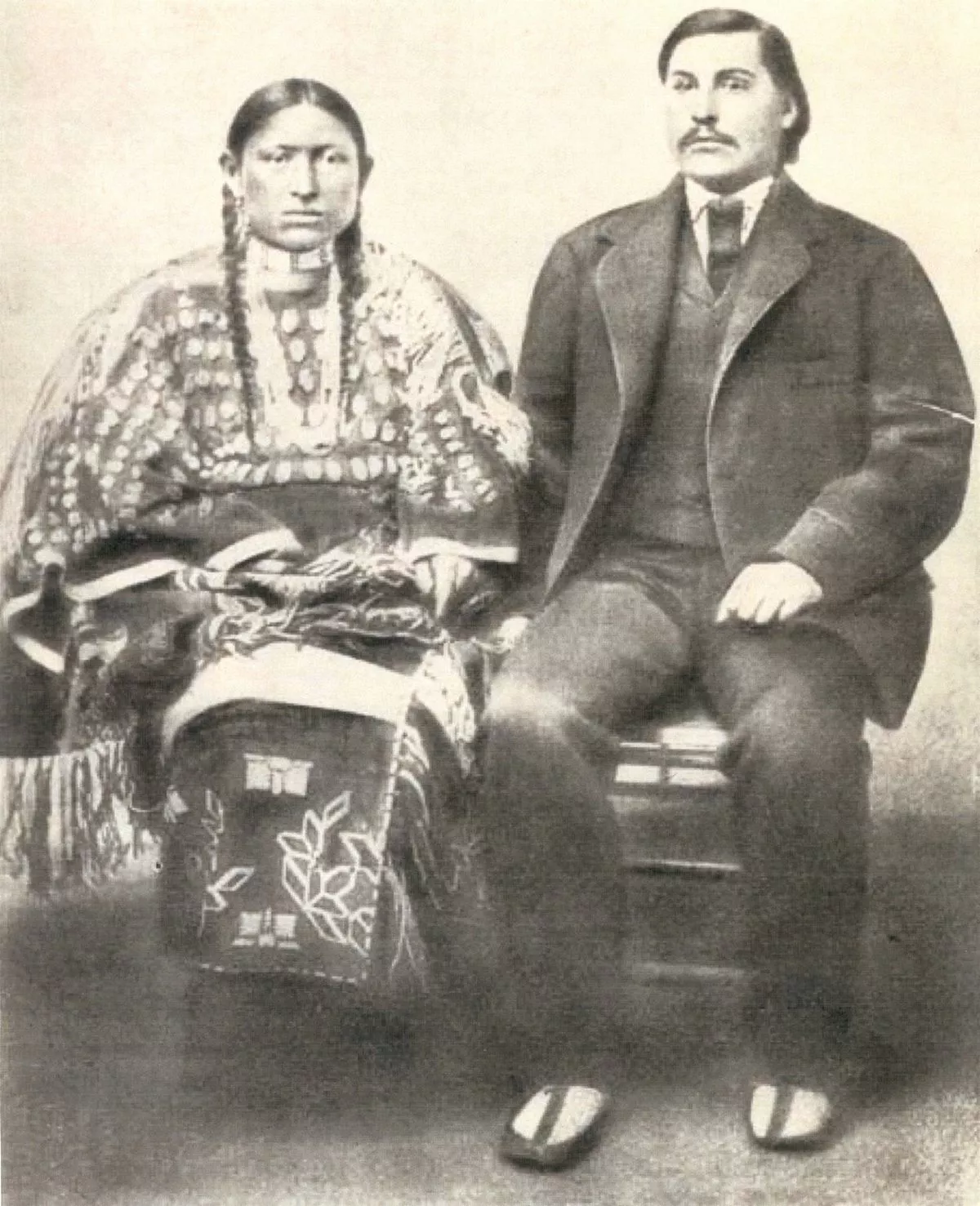 1.
1. George Bent was the mixed-race son of Owl Woman, daughter of White Thunder, a Cheyenne chief and keeper of the Medicine Arrows, and the American William Bent, founder of the trading post named Bent's Fort and a trading partnership with his brothers and Ceran St Vrain.